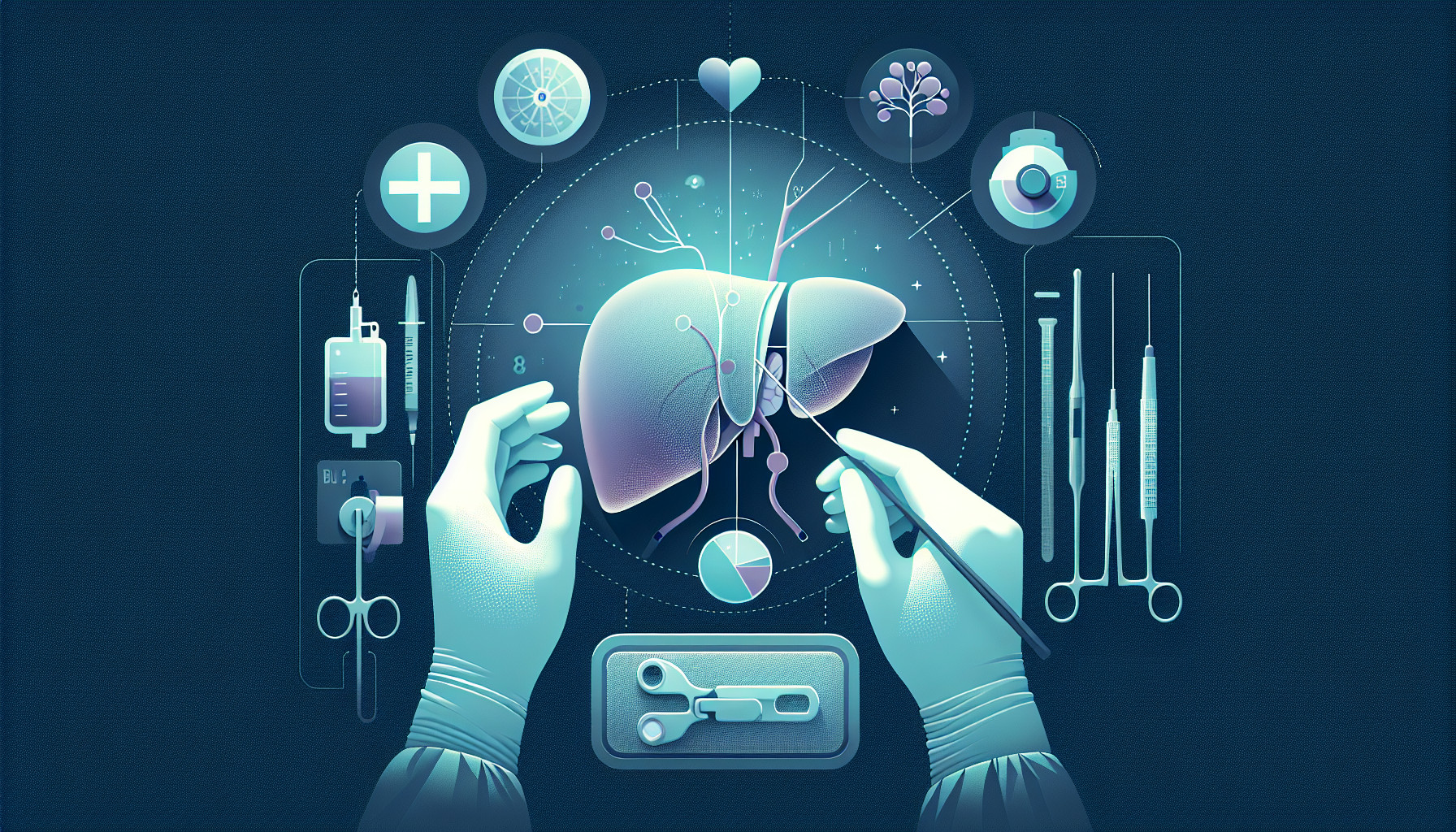Our Summary
This study explores the prevalence and persistence of hepatic steatosis (fatty liver disease) in children who have undergone liver transplants. The research found that about 31% of children who had a post-transplant biopsy showed signs of steatosis. However, this condition seemed to rarely persist over a long period. The majority of biopsies showing steatosis with characteristics of nonalcoholic steatohepatitis, a more severe form of the disease, were mostly in patients with risk factors for fatty liver disease or other causes of liver damage. The study concluded that more research is needed to see if hepatic steatosis poses a long-term risk for children who have had a liver transplant.
FAQs
- What percentage of children show signs of hepatic steatosis after liver transplantation according to the study?
- Does hepatic steatosis persist over long periods in children who have undergone liver transplants?
- Does the study suggest that hepatic steatosis poses a long-term risk for children who have had a liver transplant?
Doctor’s Tip
A doctor might advise a pediatric liver transplant patient to maintain a healthy diet and exercise regularly to help prevent the development of hepatic steatosis. They may also recommend regular follow-up appointments and monitoring of liver function to catch any potential issues early on. Additionally, it is important for patients to avoid excessive alcohol consumption and to follow any prescribed medications or treatment plans closely to support overall liver health.
Suitable For
Patients who are typically recommended for pediatric liver transplant are those with end-stage liver disease, acute liver failure, genetic liver diseases, metabolic liver diseases, liver tumors, and certain liver infections. These patients may have symptoms such as jaundice, ascites, hepatic encephalopathy, and failure to thrive. They may also have complications such as portal hypertension, liver cirrhosis, and liver cancer. Additionally, patients who have failed other medical treatments for their liver condition may also be considered for a liver transplant.
Timeline
- Before Pediatric Liver Transplant:
- Patient is diagnosed with a serious liver condition that cannot be treated with other medical interventions.
- Patient undergoes extensive testing and evaluation to determine if they are a suitable candidate for a liver transplant.
- Patient is placed on the transplant waiting list and waits for a suitable donor liver to become available.
- Once a suitable donor liver is found, patient undergoes the liver transplant surgery.
- After Pediatric Liver Transplant:
- Patient is closely monitored in the hospital for any complications or signs of rejection.
- Patient may need to stay in the hospital for several weeks to recover from the surgery.
- Patient will need to take immunosuppressant medications for the rest of their life to prevent rejection of the transplanted liver.
- Patient will have regular follow-up appointments with their transplant team to monitor their liver function and overall health.
- Over time, the patient’s liver function will improve and they will be able to resume a more normal lifestyle, including going back to school and participating in activities.
- Long-term complications, such as hepatic steatosis, may arise and will need to be monitored and managed by the transplant team.
What to Ask Your Doctor
What are the potential risks and complications associated with a pediatric liver transplant?
How will the transplant affect my child’s quality of life and long-term health?
How long is the recovery process expected to take and what can we expect during this time?
What medications will my child need to take after the transplant and what are the potential side effects?
How often will my child need to have follow-up appointments and monitoring after the transplant?
What lifestyle changes, if any, will my child need to make after the transplant to support their liver health?
Are there any specific dietary recommendations or restrictions my child should follow post-transplant?
What signs or symptoms should we watch for that may indicate rejection of the transplant or other complications?
Are there any support groups or resources available for children and families going through the liver transplant process?
How likely is it that my child will develop hepatic steatosis or other liver-related complications after the transplant, and what can be done to prevent or manage these conditions?
Reference
Authors: Perito ER, Vase T, Ramachandran R, Phelps A, Jen KY, Lustig RH, Feldstein VA, Rosenthal P. Journal: Liver Transpl. 2017 Jul;23(7):957-967. doi: 10.1002/lt.24773. PMID: 28426902
